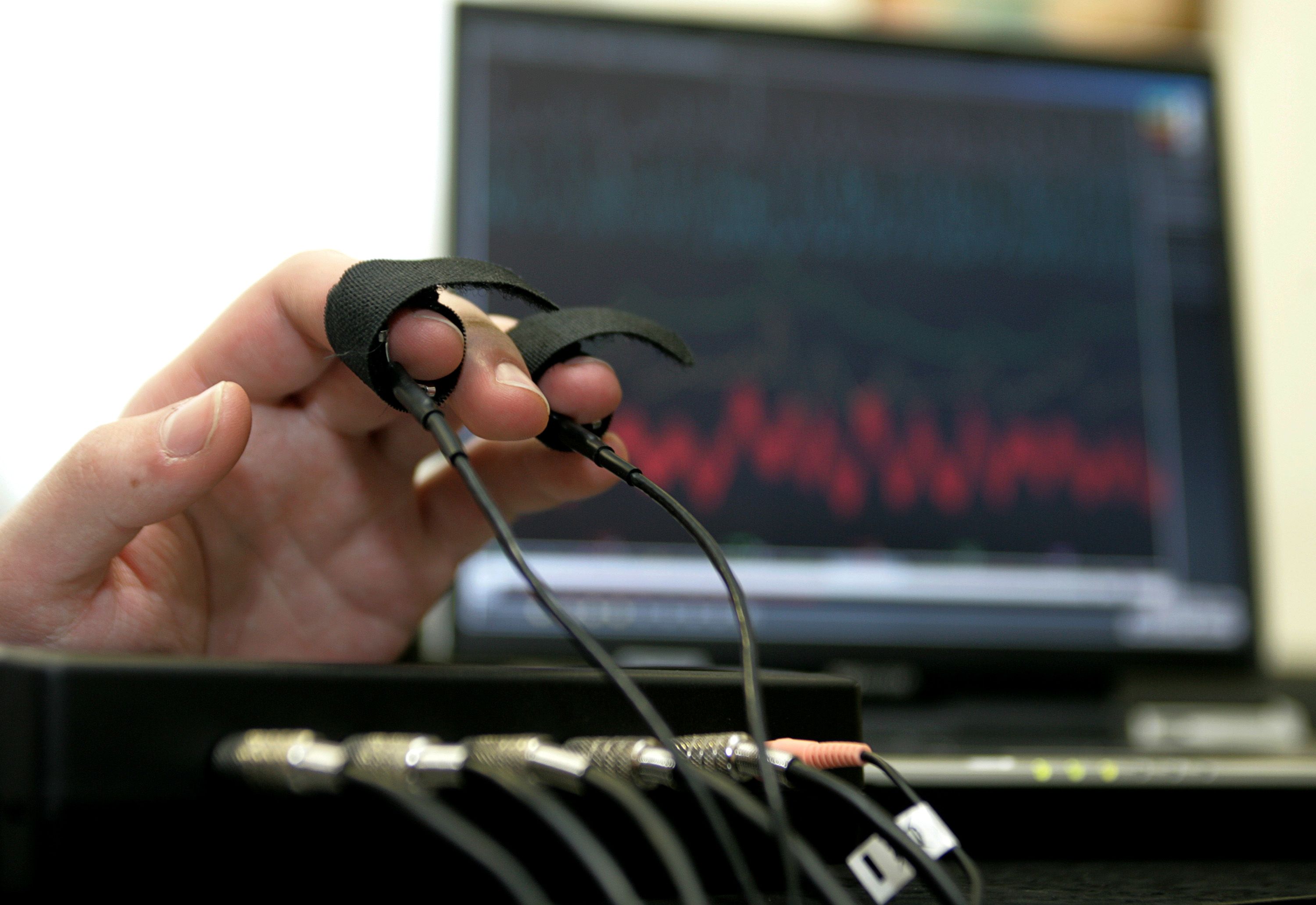Unveiling the Truth: The Power of the Lie Detector Test
Unveiling the Truth: The Power of the Lie Detector Test
Blog Article

In a world where honesty is valued above all else, the lie detector test stands as a powerful tool for separating truth from deception. Used in various settings, from criminal investigations to employment screenings, this test has the ability to uncover hidden truths and expose lies that individuals may try to conceal. As we delve into the intricate world of the lie detector test, we uncover the mechanisms behind this controversial but widely used tool.
At its core, the lie detector test operates on the belief that physiological responses can betray a person's attempt to deceive. By measuring factors such as heart rate, blood pressure, respiration, and skin conductivity, the test aims to detect changes indicative of stress or dishonesty. While not foolproof, many consider the lie detector test to be a valuable instrument in uncovering the truth and holding individuals accountable for their actions.
History of Lie Detector Tests
Lie detector tests have a long and fascinating history, dating back to the early 20th century. The first rudimentary lie detector device was created by William Moulton Marston in 1915, known as the systolic blood pressure test. This test measured changes in blood pressure as an indicator of deceptive behavior.
In the 1920s, another version of the lie detector test was developed by John Augustus Larson, a police officer and psychologist. Larson's device measured changes in respiration to determine if a person was lying. This innovation laid the groundwork for modern polygraph examinations, which have become a common tool in law enforcement and security settings.
Over the years, lie detector tests have evolved to incorporate various physiological indicators of stress and deception, including heart rate, perspiration, and skin conductivity. Despite ongoing debates about their accuracy and reliability, lie detector tests continue to be used in certain situations to assess truthfulness and uncover hidden information.
How Lie Detector Tests Work
Lie detector tests, also known as polygraph tests, operate on the principle that physiological responses can indicate deception. During a test, the individual is connected to various sensors that monitor changes in heart rate, blood pressure, respiration, and skin conductivity.
The examiner asks a series of questions to establish a baseline for the person's physiological responses. Following this, relevant questions related to the issue at hand are asked, and the sensors measure the changes in the individual's physiological functions in response to each question.
The data collected by the sensors is analyzed by the examiner to determine patterns of deception or truthfulness. While not considered foolproof, lie detector tests can be a valuable tool in certain situations for indicating when an individual may be attempting to deceive.
Accuracy and Limitations
Lie detector test
Lie detector tests, also known as polygraphs, are often portrayed as highly accurate tools for detecting deception. While they can be effective in certain situations, it's important to understand their limitations. One key factor to consider is that lie detector tests measure physiological responses such as heart rate, blood pressure, and sweating, which can be influenced by factors other than lying.
Despite advancements in technology, lie detector tests are not foolproof. There have been cases where individuals have been able to manipulate their physiological responses or remain calm while lying, leading to inaccurate results. Additionally, factors such as anxiety, medication, or underlying health conditions can affect the reliability of the test.
It is essential to remember that lie detector tests are not admissible as conclusive evidence in courtrooms in many jurisdictions. While they can be a valuable tool for gathering information and uncovering inconsistencies, they should be used in conjunction with other forms of evidence to make informed decisions. Understanding the accuracy and limitations of lie detector tests is crucial when interpreting the results.
Report this page